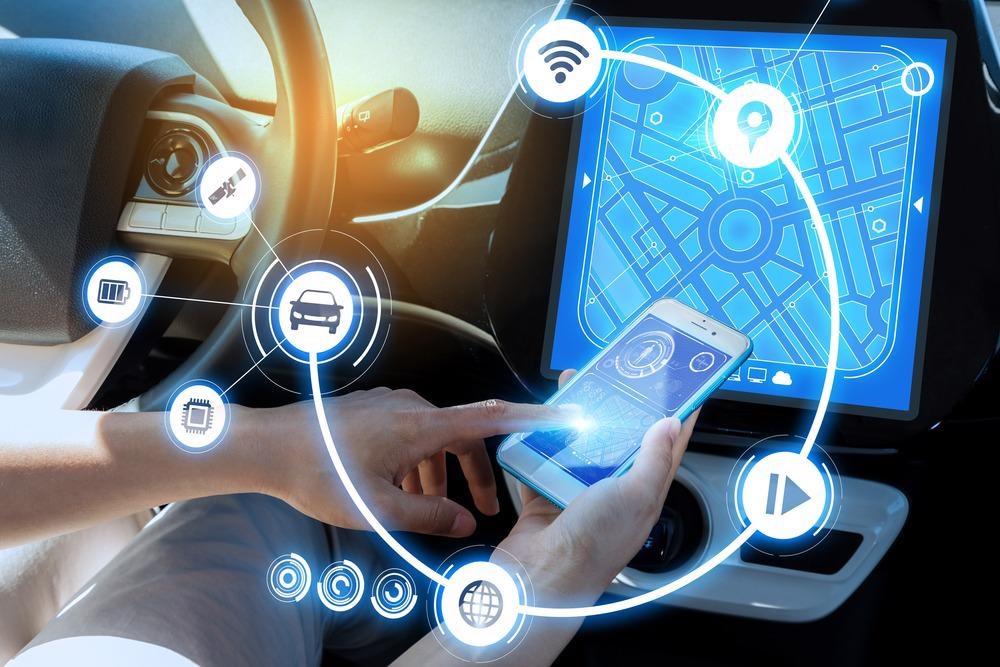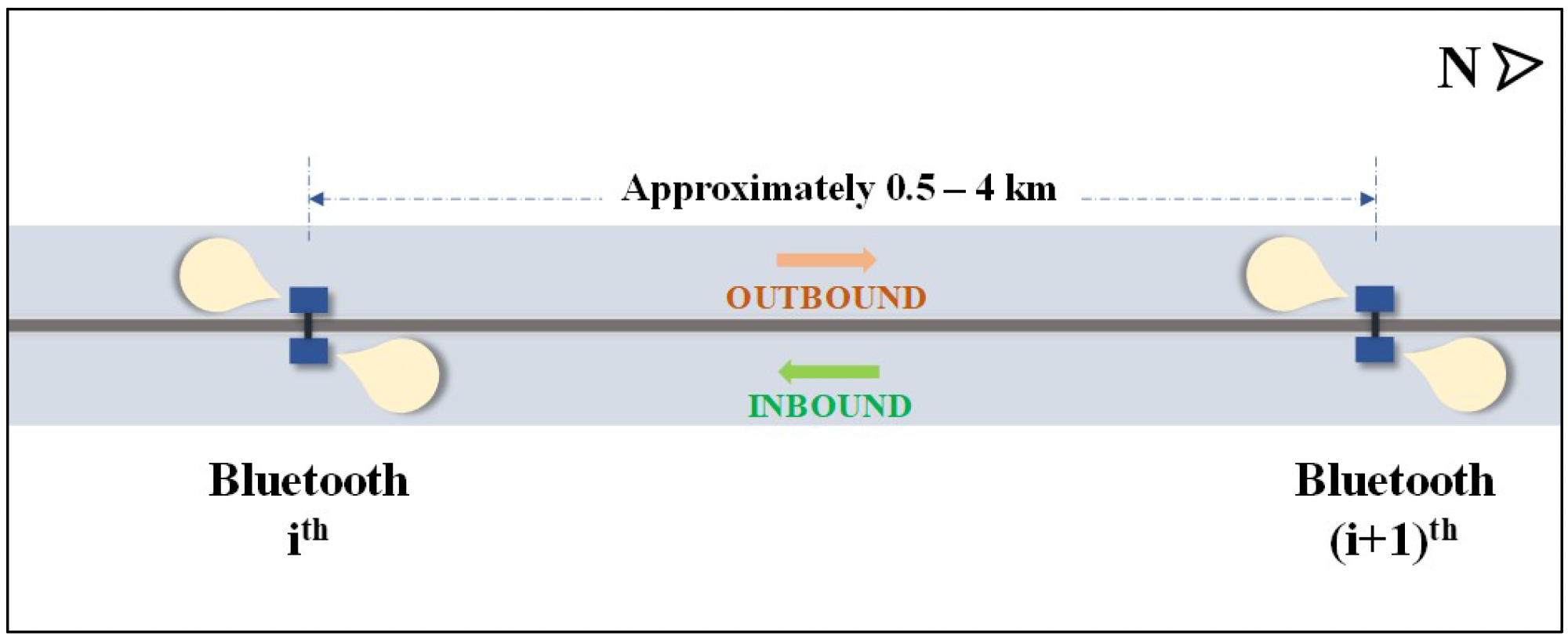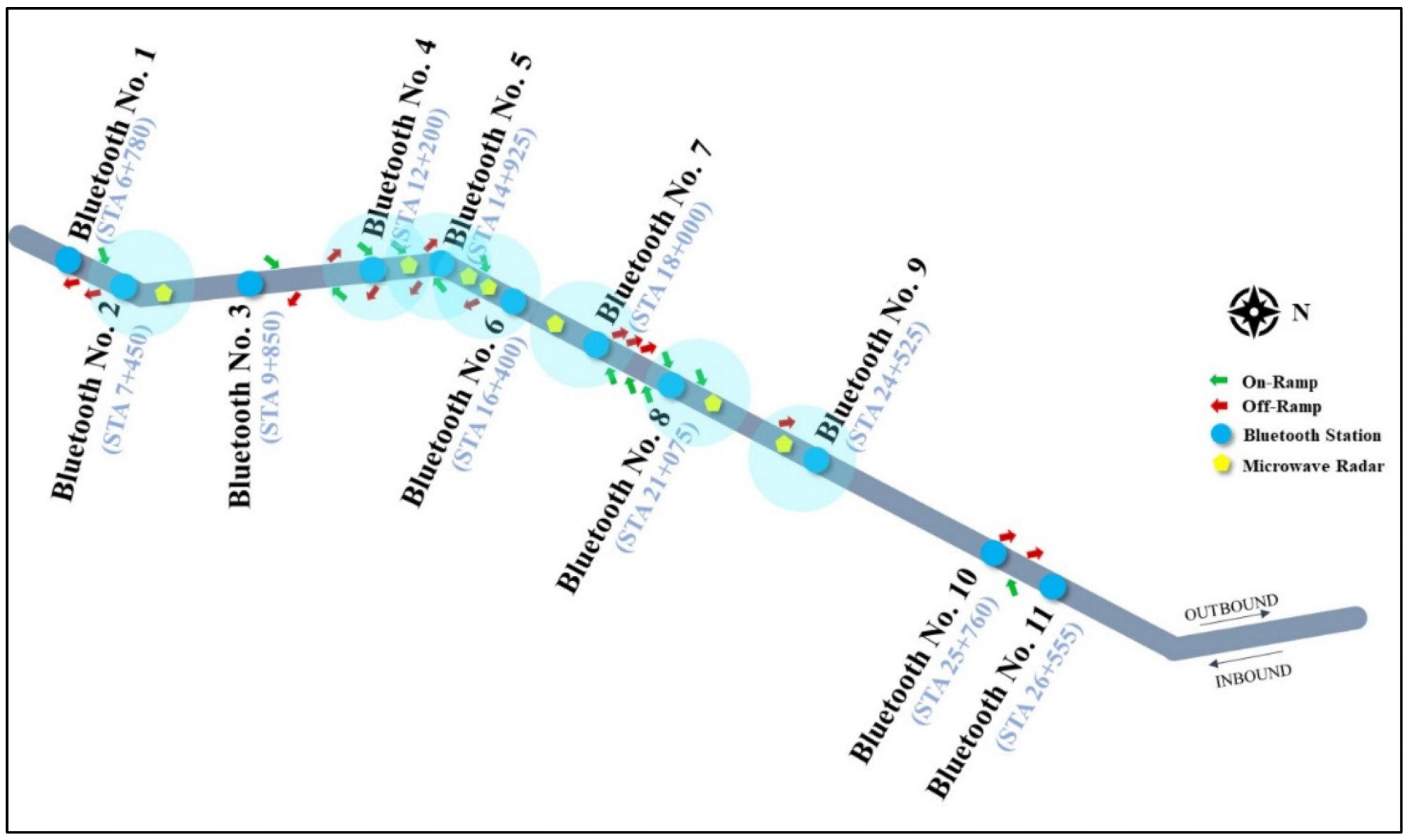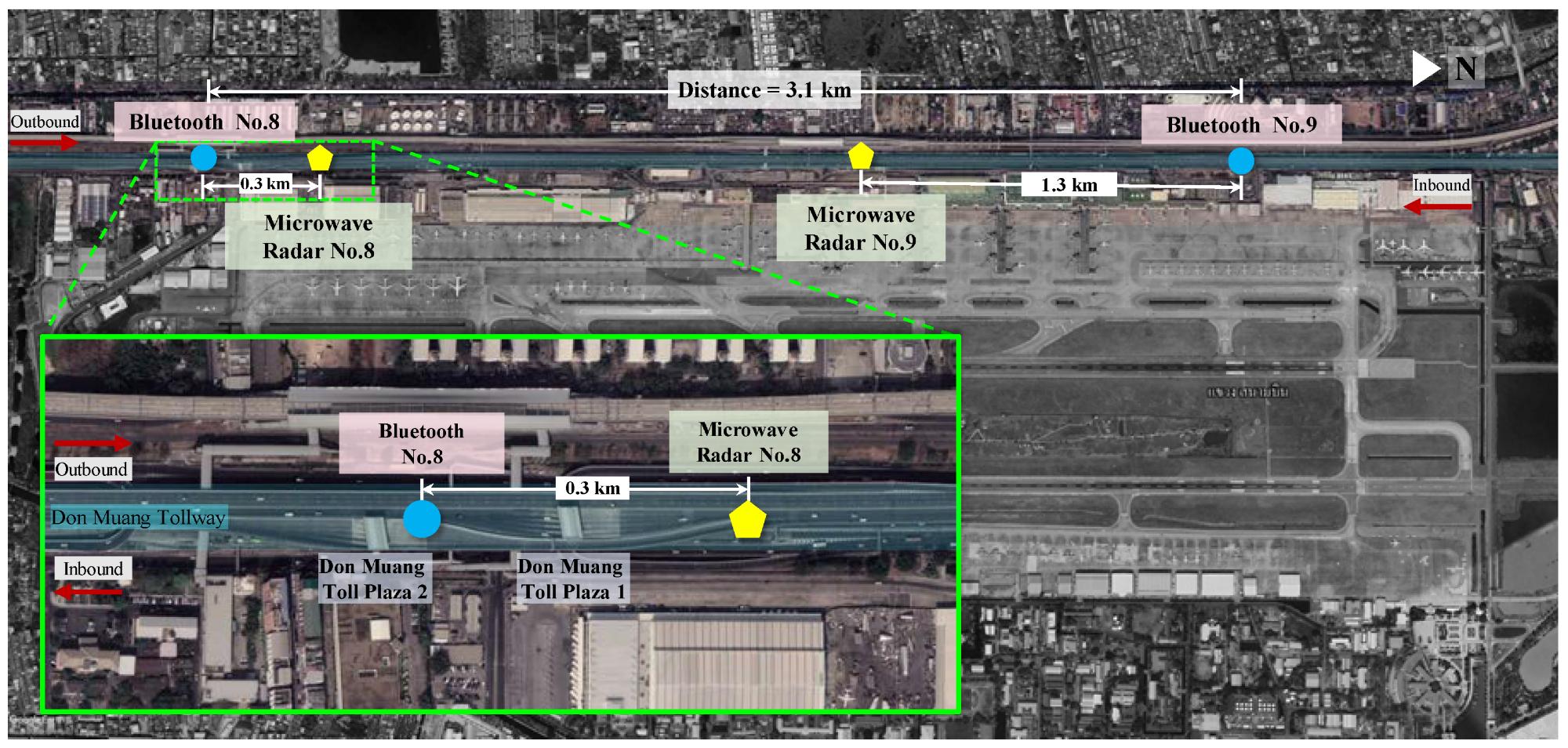Writing in the journal Sustainability, a pair of researchers from Thailand have evaluated the accuracy of travel time sensing in Bluetooth technology. The paper has determined the impact of several factors which affect Bluetooth performance and provides vital information for the traffic and transportation sector.

Study: Evaluation of Bluetooth Detectors in Travel Time Estimation Image Credit: metamorworks/Shutterstock.com
Collecting Efficient Traffic Data
Conventionally, traffic data was collected manually through methods such as surveys. This has obvious drawbacks in terms of the time needed to collect data and efficiency. Collecting accurate information is essential for traffic management and reducing the congestion that is endemic to many urban areas around the world. Important data needed for this purpose include traffic volume, travel periods, speed, and origin-destination data over different time periods.
In recent years, several technologies have been explored to improve the process of traffic information, including smartphones, GPS-enabled vehicles, and mobile phone location data. Useful information that can be retrieved using modern technologies more efficiently includes travel behavior, travel time, road conditions, and origin-destination matrices.

Bluetooth detector installation configuration. Image Credit: Jedwanna, K & Boonsiripant, S, Sustainability
Amongst modern technologies that can be employed for this purpose, Bluetooth provides many opportunities for modern traffic management. Bluetooth is a ubiquitous technology in many mobile devices, and it is cheaper and more reliable than other methods. Everyday gadgets such as smartphones, wireless headphones, car stereo speakers, and many other devices possess Bluetooth functionality. Bluetooth has low power needs and is a short-range communication technology.
Compared to GPS technologies, for instance, Bluetooth detectors do not rely on individual vehicles sending information to central systems. Additionally, the technology is non-intrusive, and detectors are less sensitive to environmental conditions such as bad weather and low light levels, compared to, for example, automatic vehicle license plate recognition technologies. Based on these advantageous characteristics, Bluetooth technology has increasingly become central to global traffic data collection and traffic condition analysis.
Current Studies
Several studies have been conducted in recent years to evaluate the suitability of the technology for traffic data collection and the analysis of traffic conditions in order to improve traffic management and ease congestion on roads.
One study has highlighted the importance of the Bluetooth detector’s penetration rate as a factor that determines the quality of data retrieved. This study concluded that there should be at least a three percent penetration of the total vehicle volume, and the ideal period to make a reliable estimation of travel time should be approximately twenty days. A probability model for detecting Bluetooth devices in moving vehicles has been proposed by another study.
Studies have been performed on European highways to collect Bluetooth detection rates. The study highlighted that detection rate depends on factors such as traffic characteristics, antenna and sensor type, road configuration, and installation configuration.
Data processing and filtering are equally as important as penetration rate. For instance, studies have demonstrated that some vehicles, such as public transportation, may have several Bluetooth devices on board (for example, multiple passengers with mobile devices), which can introduce bias into the sampling process. Therefore, data cleaning and filtering processes are essential for accurately determining estimated travel time.

Locations of Bluetooth detectors (blue filled circles) and microwave radars (yellow filled pentagons) along study corridor. Image Credit: Jedwanna, K & Boonsiripant, S, Sustainability
The Paper
The current research has three objectives. Firstly, the authors have aimed to develop a reliable data processing method for the purpose of estimating travel time using Bluetooth detectors. Secondly, they have aimed to determine how vehicle speed impacts the performance of detection. Thirdly, they look at how deviations in estimated travel time are affected by Bluetooth penetration rates.
Research was conducted in October 2020 on the Dong Muang Tollway, a 28-kilometer section of highway in Bangkok, Thailand. The authors installed several microwave radar devices and Bluetooth detectors for the purposes of data collection. Five data processing steps were employed in the research to estimate travel time. Two million trips were identified during the study period.
Results of the Study
It was observed by the authors that penetration rates were better during the day than at night, with 50-90% penetration results obtained, which could be due to the better performance of Bluetooth detectors in slower traffic. During the night, the penetration rate was between 20 and 50%. The research also indicated that performance increases as traffic speed decreases, based on the results obtained for two Bluetooth stations, one which detected high-speed traffic and one which detected traffic that was slowing down as it approached a toll booth.

Locations of inbound Bluetooth numbers 8 and 9, microwave radars devices, and Don Muang toll plazas. Traffic moves from Bluetooth number 9 (upstream) to Bluetooth number 8 (downstream). Image Credit: Jedwanna, K & Boonsiripant, S, Sustainability
Furthermore, sensitivity analysis was performed to determine the sensitivity of estimated travel times compared to simulated penetration levels. The authors discovered that the mean absolute percentage deviation decreased as the penetration rate increased. Better mean absolute percentage deviation values were obtained during light traffic periods. This was likely due to the increased speed choices available to drivers compared to peak times.
The authors have stated that during peak periods, the Bluetooth penetration rate should be at least one percent, and five percent during off-peak periods. The results of the study demonstrated that during off-peak periods, the optimal number of vehicles required per hour for Bluetooth penetration should be between 34-39, with peak hours requiring 26-34 vehicles/hour. Overall, this study has provided relevant data for evaluating how Bluetooth penetration rates affect estimated travel times.
Further Reading
Jedwanna, K & Boonsiripant, S (2022) Evaluation of Bluetooth Detectors in Travel Time Estimation [online] Sustainability 14(8) 4591 | mdpi.com. Available at: https://www.mdpi.com/2071-1050/14/8/4591.
Disclaimer: The views expressed here are those of the author expressed in their private capacity and do not necessarily represent the views of AZoM.com Limited T/A AZoNetwork the owner and operator of this website. This disclaimer forms part of the Terms and conditions of use of this website.